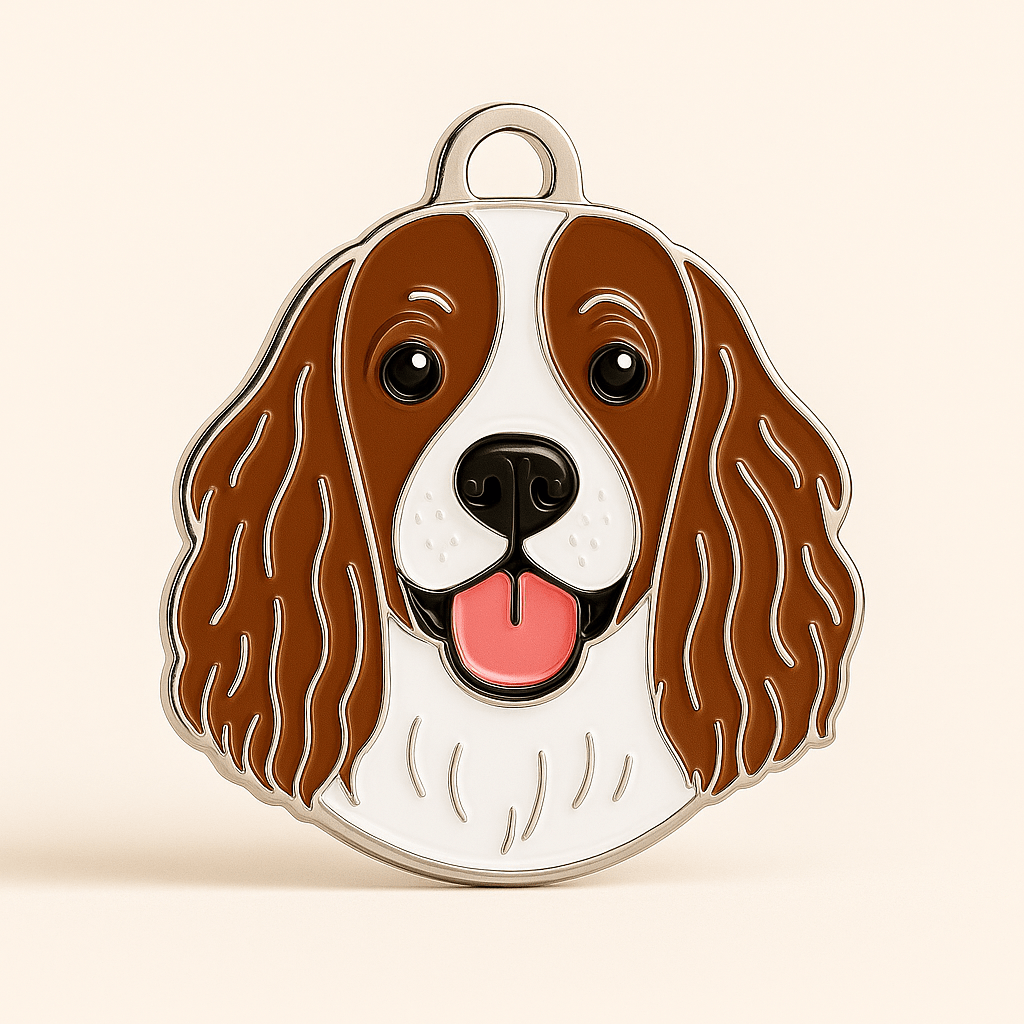Your Cart is Empty
Unsure what to engrave on your dog’s ID tag? This guide explains exactly what UK owners should include, how to format each line for fast readability, and smart ways to add helpful extras—without overcrowding the tag. You’ll also see real examples on popular breed designs so you can choose a look that’s safe, stylish, and built to last.
For a complete overview of styles, materials, and engraving options, see our UK Dog Tag Guide for inspiration before you choose your perfect tag.
UK Requirements: The Essentials Every Dog Tag Should Include
In the UK, dogs in public must wear a collar with an identification tag that clearly shows the owner’s name and address. While not explicitly required, including a mobile number is one of the fastest ways to ensure a quick reunion if your dog wanders off. Keep the information short, current, and easy to read at arm’s length.
Must-Include Details (Recommended)
- Owner surname
- House number and street, plus postcode
- Primary mobile number
Helpful Extras (Space Permitting)
- “Microchipped” (encourages a quick call rather than unnecessary vet trips)
- Secondary phone number
- Medical note (e.g., “Needs daily medication”)
Prioritise what helps a finder contact you quickly. Long sentences and punctuation-heavy layouts reduce legibility; concise lines win.
Proven Line Layouts That Maximise Readability
Use short lines, logical line breaks, and a clean font. Here are simple templates you can adapt to your own details:
OWNER SURNAME 123 DOG LANE SW1A 1AA MOBILE 07XXXXXXXXX
DOG NAME OWNER SURNAME 12 PET ST SW1A 1AA 07XXXXXXXXX MICROCHIPPED
If space is tight, abbreviate street types (Rd, St, Ave) and avoid all caps for long lines. Mixed case improves legibility at small sizes.








